Planting leeks

Leek is so rich in various vitamins and other beneficial substances that it surpasses even such a pantry of vitamins as onions. This culture has the property of continuous growth, and to be more precise, it has absolutely no rest period. With a little insulation it can overwinter in the ground. It is excellent to store in cold weather at temperatures from 0 to +8, while vitamins and nutrients are retained in the same volume. Leeks are distinguished by their high yield; up to 20 kg can be harvested per square meter at a typical dacha.
The growing season of leek lasts 150-180 days. This onion is grown using seedlings, which can be obtained at home on the windowsill. Leek seeds are sown in a small box, which is filled with earth in advance (it is better to steam everything first). The optimal time for sowing seedlings is at the end of winter. The box for sowing seedlings is lined with polyethylene film to avoid water leakage. Next, after pouring out and lightly compacting the soil, you need to make grooves 6-9 mm deep at a distance of 5 cm from each other. Then you need to properly moisten the soil, place the seeds in grooves and sprinkle them with dry soil, a layer of mm. 5.
It is better to plant seedlings in open ground in mid-May, leaving a distance between rows of literally 15-20 cm, and in a row 12-15 cm. Of course, it is no secret that for a good harvest of any crop, the soil must be well prepared and properly filled with organic matter. During the period of plant growth, attention should be paid to watering, loosening the soil and, accordingly, removing weeds. 3 weeks after planting, the first fertilizing is carried out (urea or slurry), and after 6-8 weeks they are fertilized with sodium nitrate.

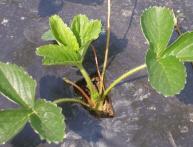
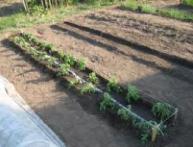
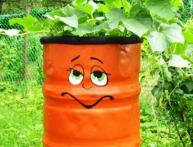
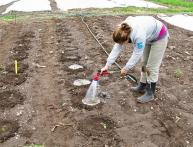
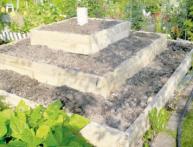

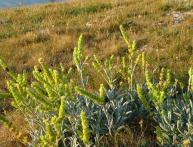
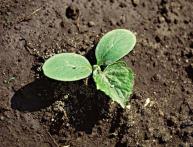
Comments
I was told that leeks should not be planted in the same place for several years in a row, is that true?